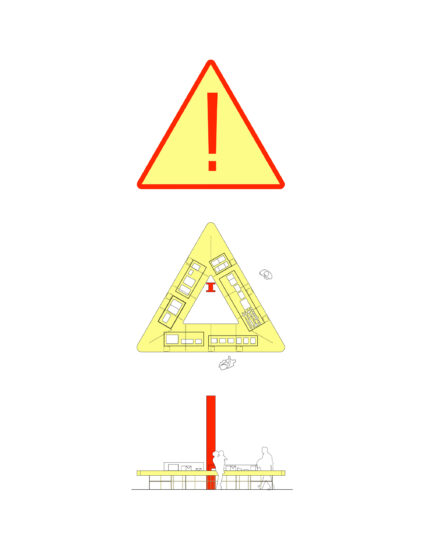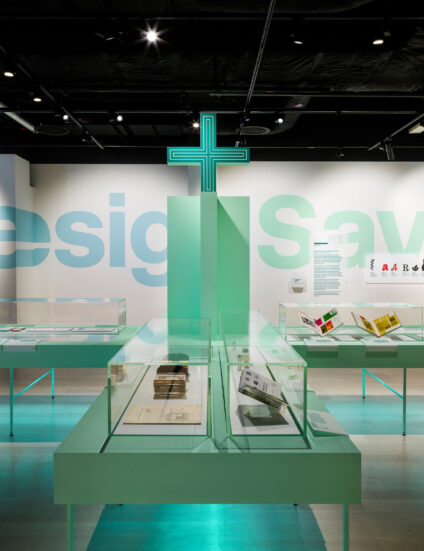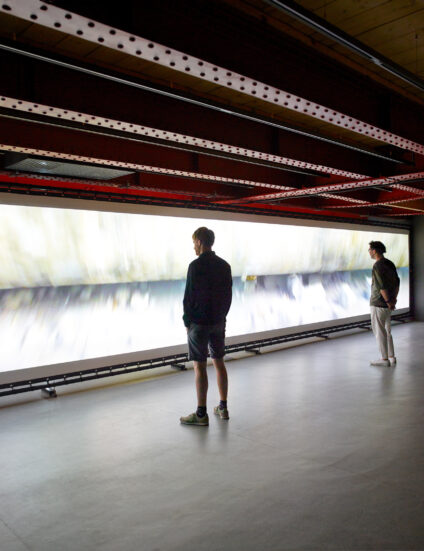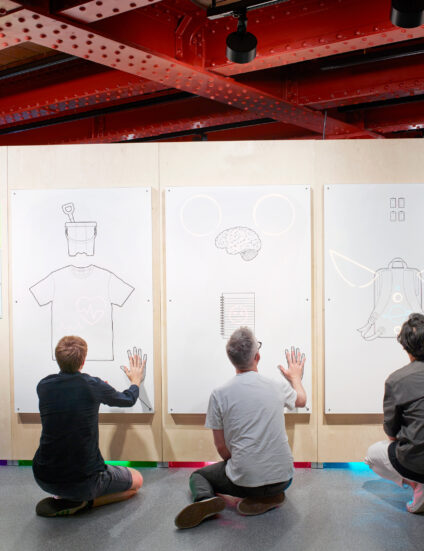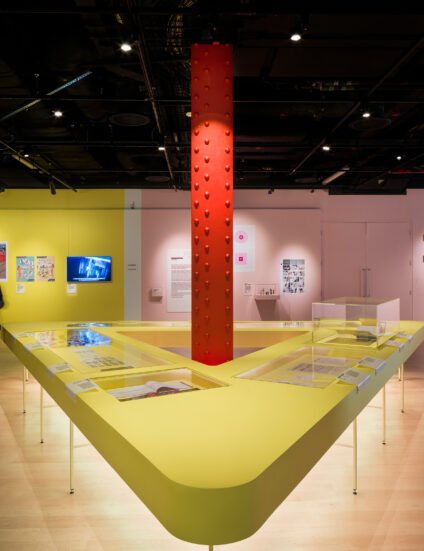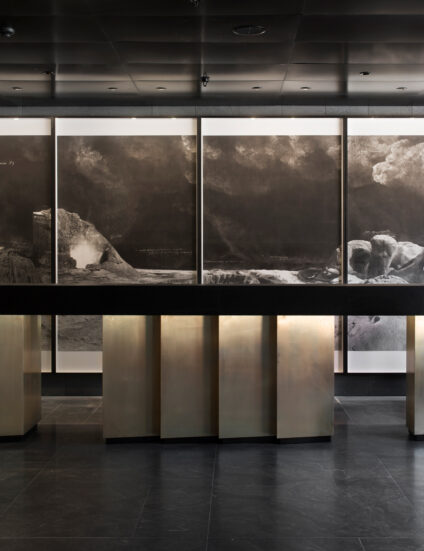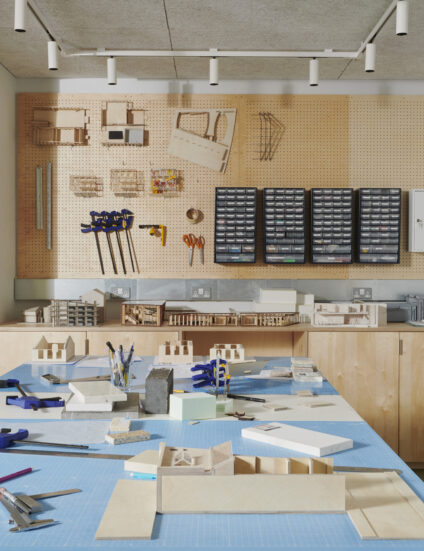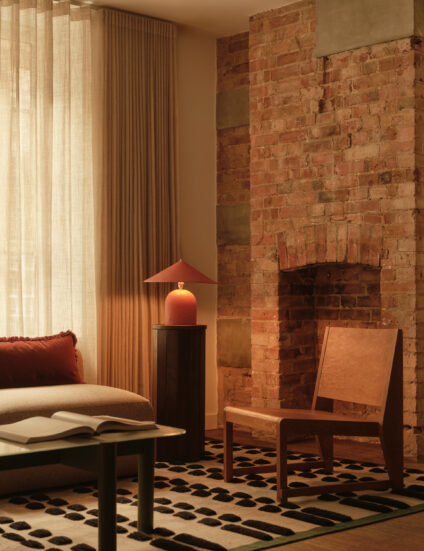INTERVIEW
Lucienne Roberts x Satoshi Isono
Blurring the boundaries between two-dimensional and three-dimensional design
Our long-time collaborator Lucienne Roberts discusses her partnership with the studio with Satoshi Isono, Creative Director at Universal
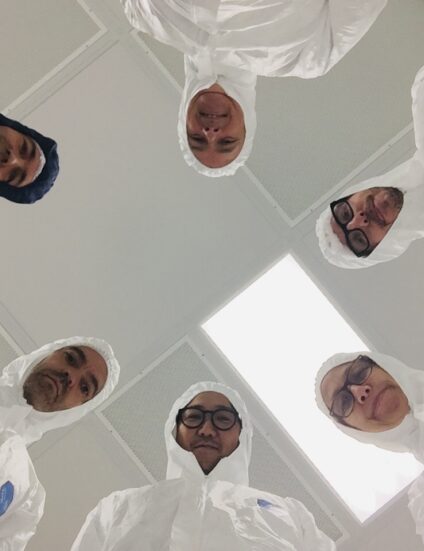
"When you really know how someone works then collaboration becomes more fluid and intuitive, it's less formal. There's a naturalness to it that I really like and that I look for in other projects." —Satoshi Isono
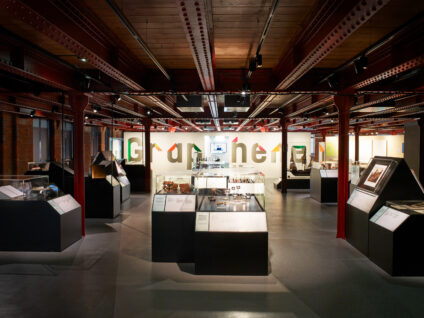
"We often start exhibition projects knowing very little about the show’s subject, but keen to learn, which helps us to imagine the experience from the visitor’s perspective. Then via the research process we develop an expertise of sorts. This is hugely enjoyable, but can be dangerous as you risk losing that initial position of naivety. It’s really important that we continue to identify with visitors as this is key in helping to get the message across simply. So, we try to wear any expertise of ours lightly."—Lucienne Roberts
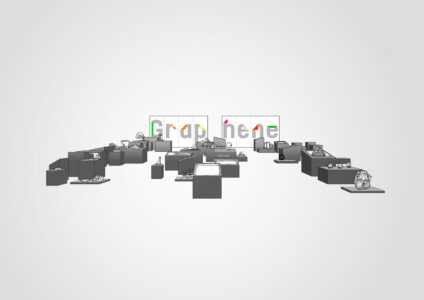
"Design is so important in communicating cultural projects: it’s not just giving them form but it defines their whole accessibility."—Satoshi Isono
